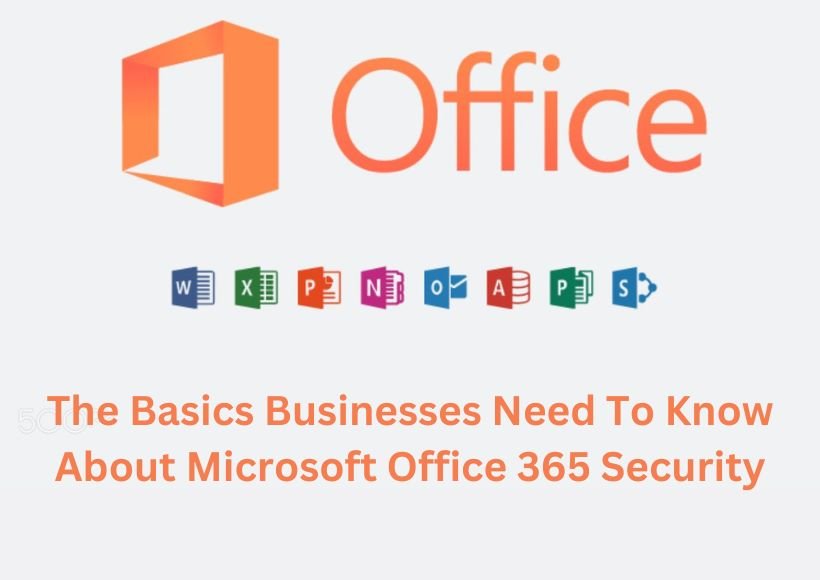The Basics Businesses Need To Know About Microsoft Office 365 Security

Cloud-based services offer numerous benefits to businesses, from enhanced collaboration and teamwork to productivity. And there are few better cloud-based services than Office 365.
While we can argue endlessly about these services, most notably the competition between Google Workspace and Office 365 (Microsoft 365), what’s glaring about them is that users might not be entirely familiar with the security behind them.
So that presents a unique problem. Namely, how good is Microsoft Office 365 security? This short guide aims to answer that question through a series of “basics” regarding Office 365 security. So with all that said, let’s start.
Table of Contents
Microsoft Office 365 Isn’t Solely Responsible For Protecting Your Data
Most businesses are familiar with some of the cloud services’ security features, such as Microsoft Defender. But are you aware of the “shared model” concept? The shared model concept states that data security isn’t Microsoft’s responsibility.
That might surprise some of you, considering the numerous security features available to users in Office 365. But it is indeed a point we must elaborate on further. Namely, Microsoft guarantees service uptime, while users are responsible for protecting their cloud environments.
For example, Microsoft will ensure uptime for its webmail service, but it’s up to you to configure security settings for Outlook. Keep this in mind, as you’ll soon realize you’ll be tinkering with plenty of security defaults.
The Security Role Of Administrator Accounts
There are three types of accounts in Office 365, customer accounts, tenants, and administrators. Administrators are responsible for many of the security features across the suite. For example, they can modify security defaults, assign RBCA (role-based access control), and control access to cloud apps, among other roles.
Managing security is possible only through administrator accounts. Because of that, these accounts are highly valuable in the eyes of threat actors. Unfortunately, that makes it commonplace for hackers to target accounts with administrator privileges explicitly.
It also creates a need for businesses to secure these accounts. Popular security methods include:
- Using specialized accounts for administrative tasks
- Using generated passwords
- Two-factor authentication or multi-factor authentication.
Luckily, most Office 365 apps (SharePoint Online, Microsoft Teams, Outlook, etc.) support modern authentication. One of many security practices is to enable two-factor authentication at the tenant level and with administrator accounts.
Encryption Is Your Greatest Ally Against Prying Eyes
Businesses communicate through email with customers and suppliers and even use it for internal communication. Because of that, hackers will target your organization through email in the form of phishing attacks.
Luckily, Office 365 email security is some of the best on the market, with numerous security features, of which the most notable one is email encryption. With Office 365, we can send encrypted messages to prevent prying eyes and threat actors from accessing your most confidential emails.
Encryption also works on other apps, such as Microsoft Teams. With encryption, each tenant in Office 365 receives encryption and decryption keys. With these keys, employees can specify the specific users that can open the contents of the email, essentially preventing compromised accounts from accessing potentially confidential information.
Use encryption as much as possible, as you never know who is hiding in your network.
Conclusion
Businesses using Microsoft Office 365 should know these three security and threat protection basics. While Office 365 security is right up there as the most fleshed-out out of many cloud-based services, there are things you need to know to set up security configuration properly.
From Microsoft Defender for Office to encryption, the suite offers various security features that protect you on the cloud. All you need to do is understand how to use these tools and features.
Also Read : How We Work In Web Project Management
